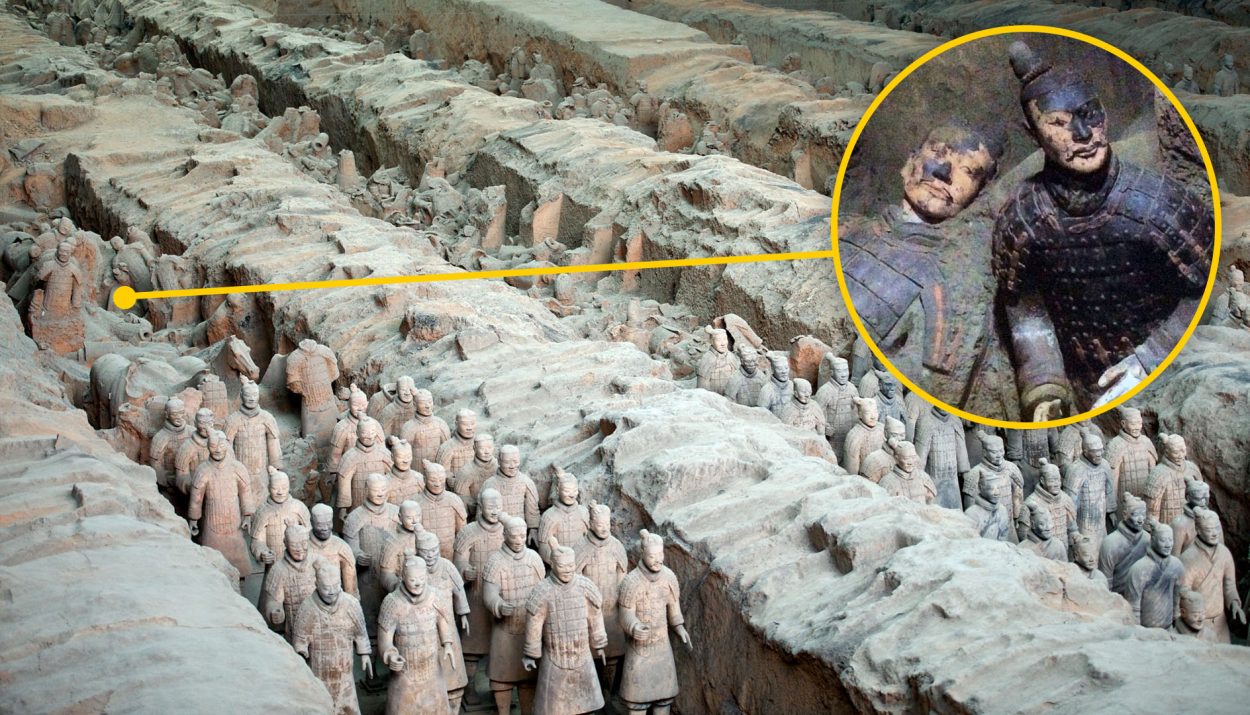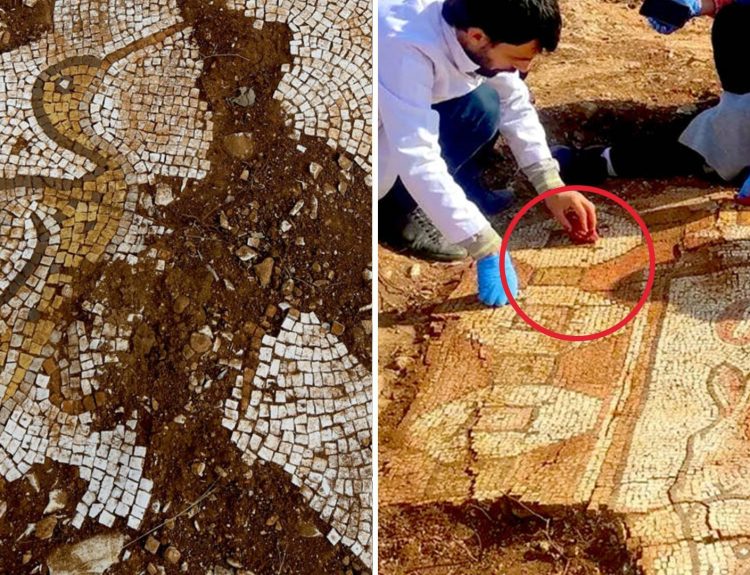Many ancient cultures left their mark on the world in grand fashion. With a lot of backbreaking labor and no modern machinery, they built impressive stone structures that have stood the test of time. Many of these places are shrouded in mystery, which only adds to their mystique.
Some of the ancient structures in this collection are still in great condition while others have been reduced to ruins, but all of them beckon visitors. Scroll through these 18 ancient ruins from around the world, ponder their purpose and speculate about their builders. But be sure to add your favorites to your bucket list.
1. Tikal, Guatemala
Temple I at the ancient Mayan city of Tikal in Guatemala is so iconic that it is featured on one of the country’s banknotes. Tikal, located in the northern part of the country, was once one of the largest cities of the pre-Columbian Mayans. Archaeologists believe the city thrived between the 6th century BC until the 10th century AD.

Now a UNESCO World Heritage Site and an important archaeological site, the city of Tikal includes numerous stone structures. There are several temples, pyramids, and a grand plaza. Visitors to the site can get up close and personal with the ancient ruins.
2. The Yonaguni Monument, Japan
Visiting the Yonaguni Monument in Japan takes some skill and courage. That’s because this site is underwater. It is a submerged rock formation that lies beneath the waves off the southern point of Japan’s Ryukyu Islands.
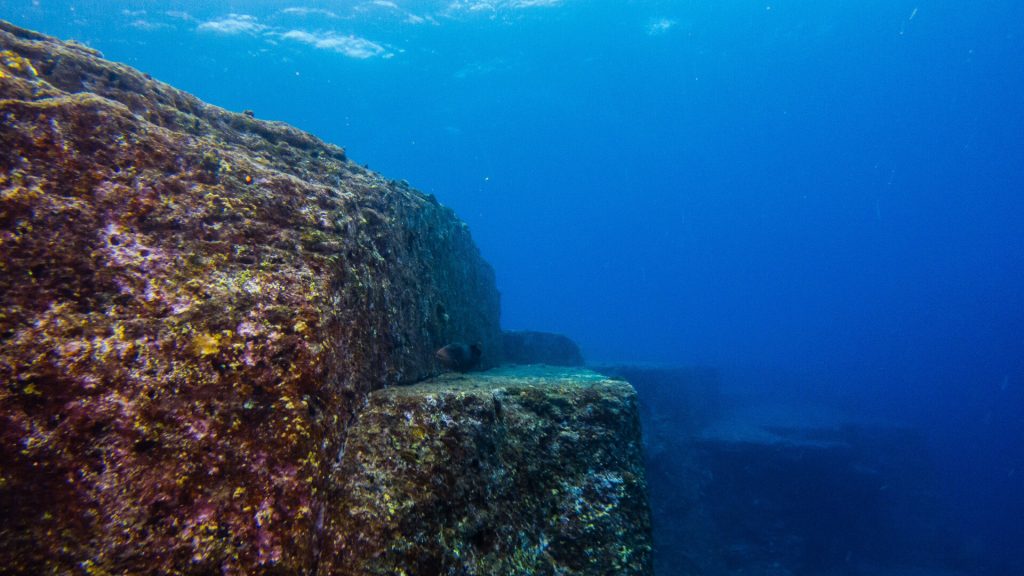
The Yonaguni Monument is the subject of debate among archaeologists. While the feature truly looks like man-made ruins, some experts insist that the stone has not been worked. They claim that the rocks – even the squared steps – could have occurred naturally. Even though the jury is out on this ancient site, visitors can dive at the location to form their own opinion.
3. Newgrange, Ireland
A massive prehistoric monument, Newgrange, located in Ireland’s County Meath, was built around the year 3200 BC. That means Newgrange predates both the Great Pyramid at Giza and Stonehenge.
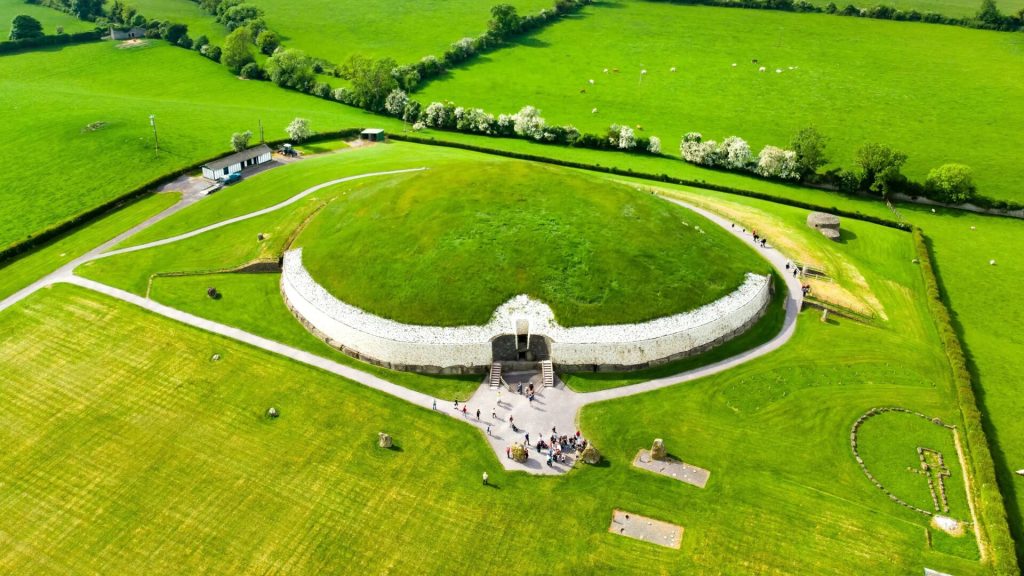
This Neolithic structure served as a passage tomb. The opening is precisely aligned so that the light from the sunrise on the Winter Solstice illuminates the interior of the circular building. The white quartz stones and the grass-covered mounded roof make Newgrange an easily identifiable ancient structure.
4. Hagar Qim, Malta
The Mediterranean Island of Malta is covered with ancient ruins, but one of the most impressive is Hagar Qim. This structure features a main temple, as well as three other megalithic structures. The largest stone of all of Malta’s ruins can be found at Hagar Qim. This single stone is 17 feet tall and weighs an estimated 57 tons.
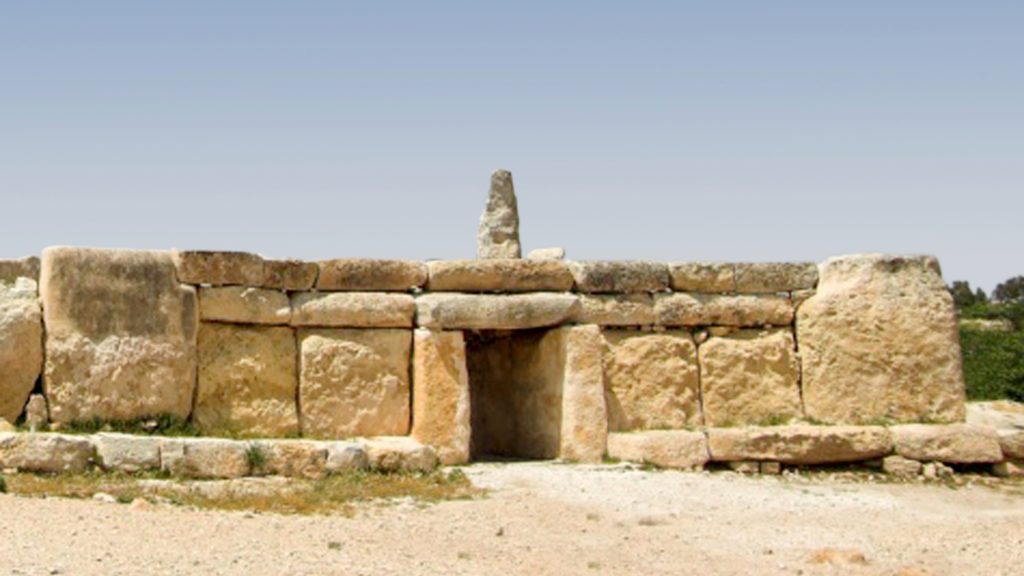
Although other parts are much older, Hagar Qim’s main temple was constructed between 3600 and 3200 BC. The former director of the University of London’s Institute of Archaeology, wrote of Hagar Qim, “I have been visiting the prehistoric ruins all round the Mediterranean, from Mesopotamia to Egypt, Greece and Switzerland, but I have nowhere seen a place as old as this one.”
5. The Temple of Zeus at Olympia, Greece
This temple was built in the 5th century BC and dedicated to Zeus, the top god in the Greek pantheon. Constructed in the classical style using imported marble, this temple was one of the largest structures of the ancient world. Time was not kind to the Temple of Zeus.

Today, much of the Temple of Zeus at Olympia lies in ruins. It is still an active archaeological site, but it is open to the public. In fact, it is one of the most popular tourist attractions in Athens. Visitors can wander around the ruins and immerse themselves in the grandeur of Ancient Greece.
6. The Anuradhapura, Sri Lanka
The city of Anuradhapura on the island nation of Sri Lanka is home to majestic and well-preserved ruins from the Sinhalese civilization. According to local sources, Anuadhapura was founded in 437 BC, but the archaeological evidence shows that humans inhabited the site for much longer.
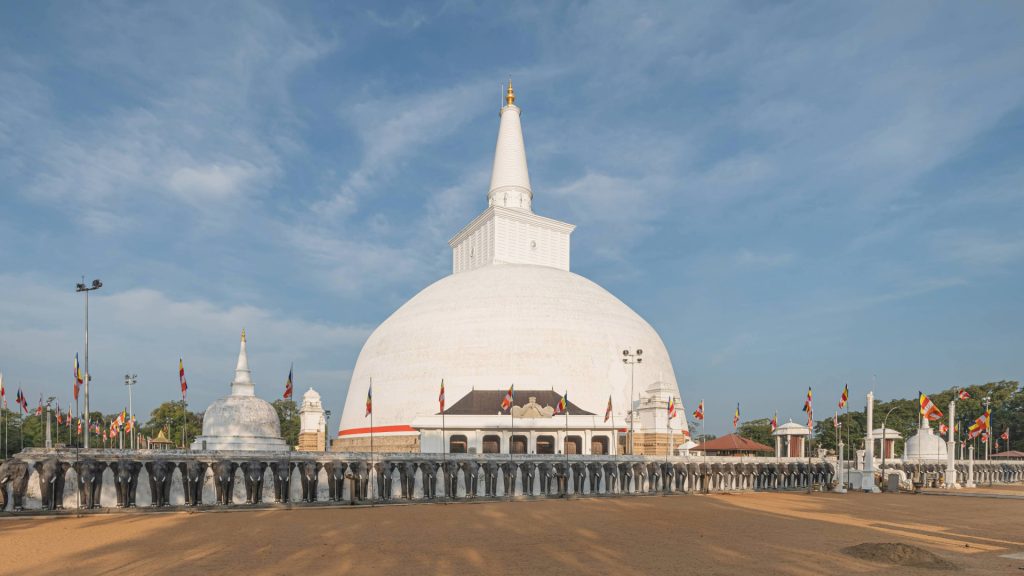
The temples, pillars, and burial mounds of the site remain mostly in ruins, yet Anuradhapura is still considered a sacred place. Pilgrims visit the ancient city as do tourists who are attracted to the history and ruins.
7. Temple of the Sun, Peru
High in the Andes Mountains of Peru is the 15th century city of Machu Picchu. The ruins of the abandoned Incan citadel are awe inspiring, but it is the Temple of the Sun that beckons scholars, archaeologists, and tourists. That is because the Temple of the Sun is the most sacred spot in Machu Picchu.
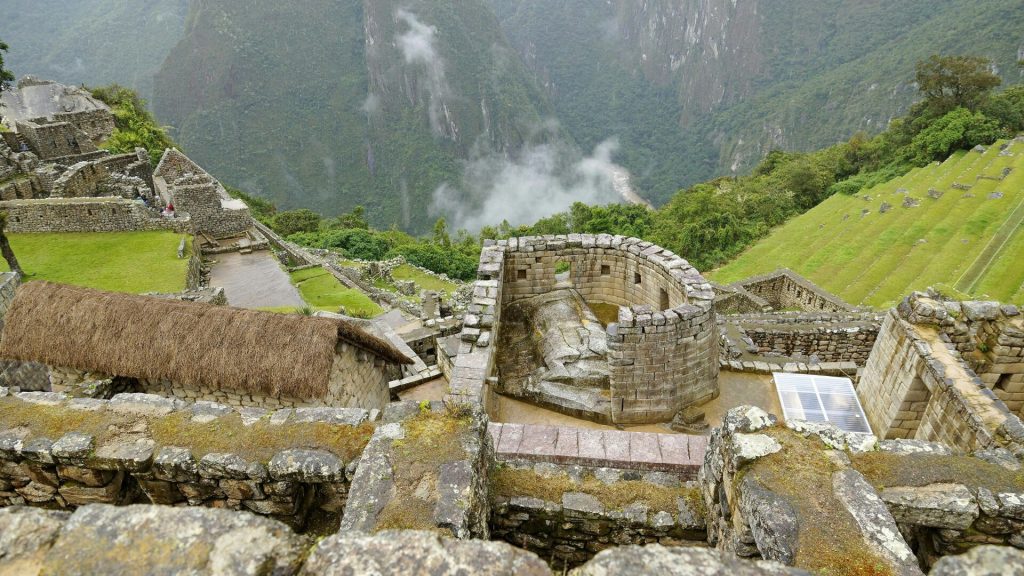
The Temple of the Sun likely served as a solar observatory and a place where ritual sacrifices took place. The design of the Temple of the Sun is unique. The structure features a semi-circular wall, a stone tower, and a trapezoid window.
8. The Temple of Karnak, Egypt
Located in Luxor, Egypt, along the east bank of the Nile, the Temple of Karnak is a vast complex of temples, obelisks, and other structures. Senusret I, who reigned as pharaoh from 1971 to 1926 BC, commissioned the construction of Karnak. The Temple of Karnak was dedicated to Amun, the Egyptian god of the Sun.
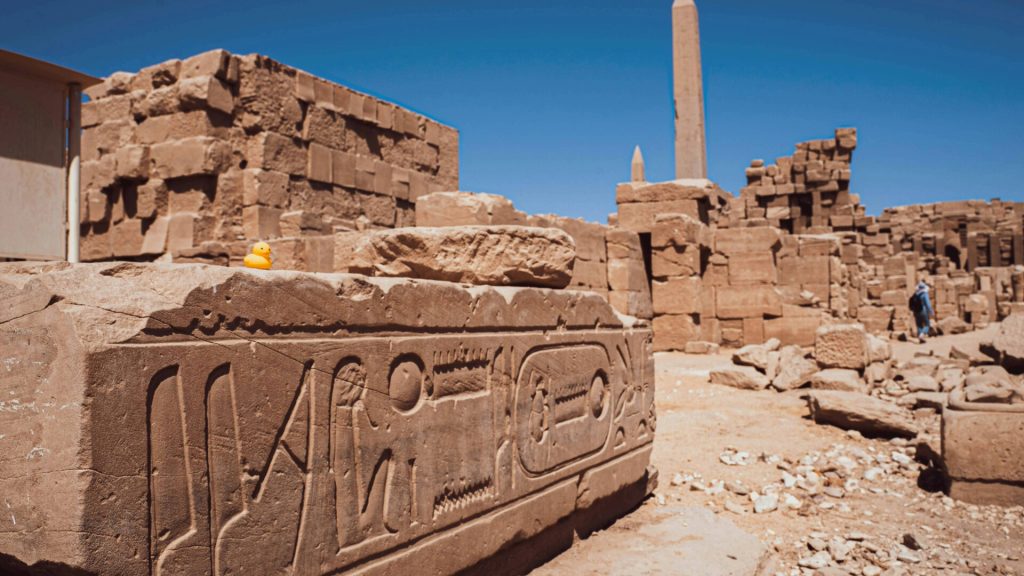
Many of the great obelisks at Karnak are the largest ones in the ancient world. Karnak was expertly built and demonstrates some of the most detailed carvings and reliefs in Egypt. It is now an open-air museum and a highlight of anyone’s trip to Egypt.
9. Puma Punku, Bolivia
One of the most intriguing sets of ruins in the world can be found at Puma Punku in Bolivia. Archaeologists believe that Puma Punku was built around the year 600 AD and theorize that members of the Tiwanaku civilization were the architects of the site.
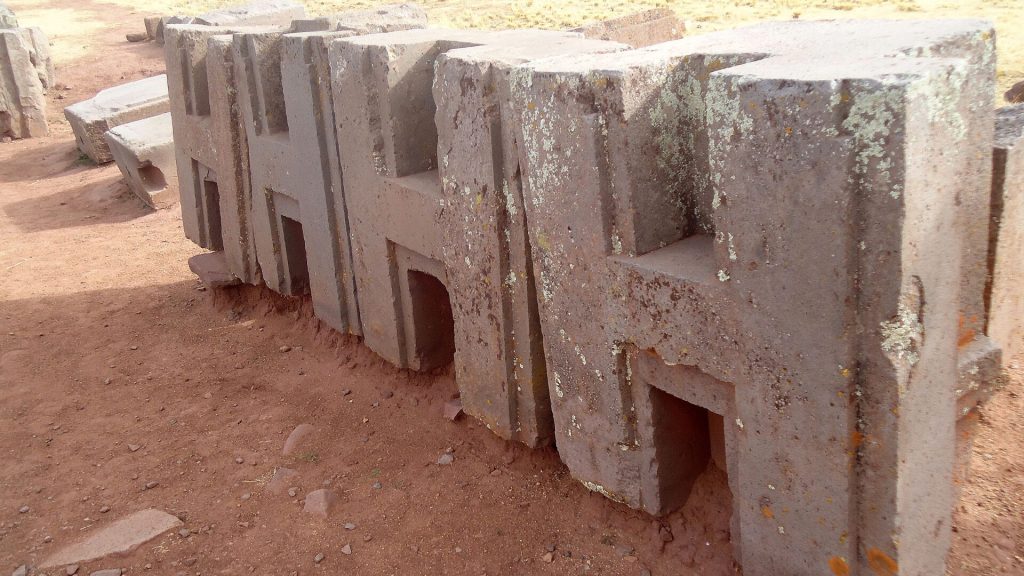
The notable – any head-scratching – aspect of Puma Punku is that the stones in the ancient ruins have been cut and carved with such precision that they appear to be machine worked. To date, researchers are not sure how the ancient people using primitive tools were able to carve the stones so cleanly and precisely.
10. Gobekli Tepe, Turkey
A relatively recent discovery, Gobekli Tepe in the southeastern part of Turkey was unearthed in 1963. Strangely, archaeologists believe that the site had been intentionally buried in the distant past. Even more strangely, they have dated the settlement to around 9500 BC, making it the oldest known permanent settlement on the planet.
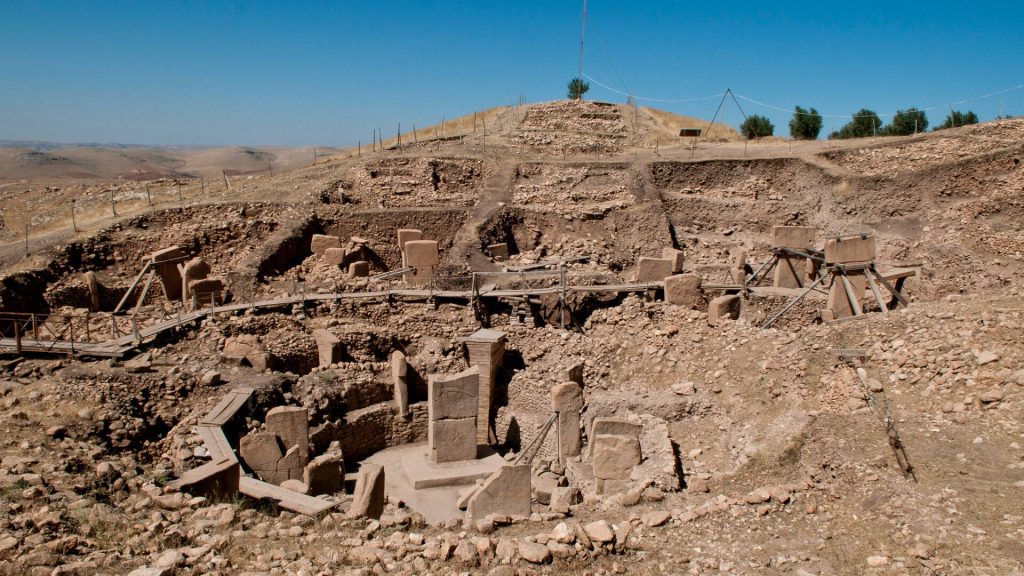
The design of Gobekli Tepe is unusual. It consists of a ring of giant megaliths that are covered with carvings. The discovery of Gobekli Tepe forced archeologists to push back the timeline of human history. Prior to unearthing this site, most experts didn’t believe that humans were capable of large-scale construction projects at that point in man’s Neolithic history.
11. Angkor Wat, Cambodia
A spectacular Hindu-Buddhist temple complex in Cambodia, Angkor Wat covers an area of more than 400 acres. This makes Angkor Wat the world’s largest religious structure, according to the Guinness World Records. This ancient site dates to the 12th century when King Suryavarman II ordered the construction of a Hindu temple to honor the god, Vishnu.
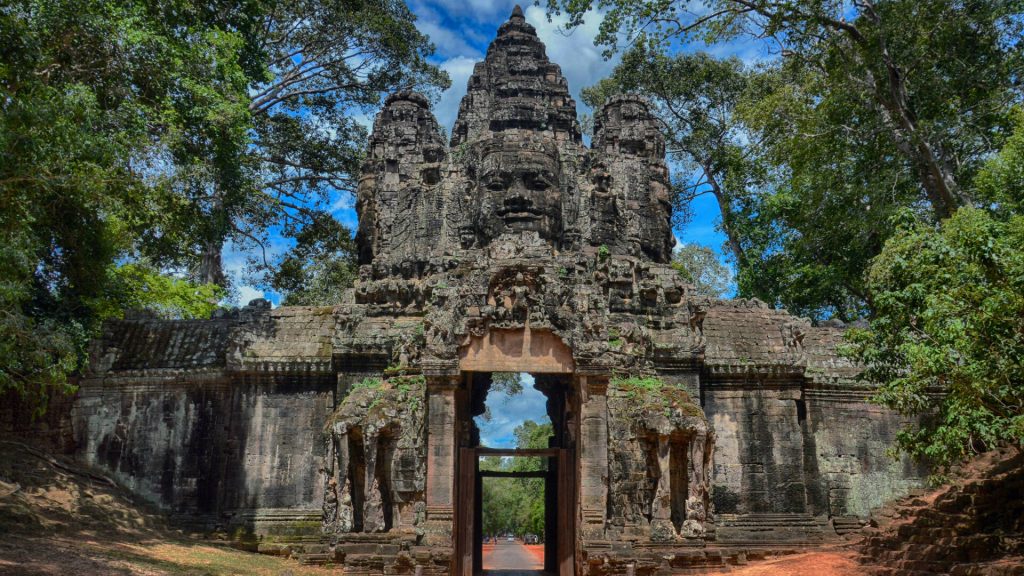
Angkor Wat is an icon of architecture and art. The temple complex is covered with bas-reliefs, statues, and stone towers. Although Angkor Wat was temporarily abandoned a few times in its history, it remains a well-maintained and important center of worship.
12. Nan Madol, Micronesia
A truly mysterious set of ancient ruins, Nan Madol is located in the Federated States of Micronesia and was once the capital city of the Saundeleur dynasty. The city was built on a collection of man-made islands in the lagoon on the eastern side of an island, Pohnpei.

The man-made islands were created from stone and coral. These were arranged to form canals and waterways between them. Because of this, it earned the nickname, the “Venus of the Pacific.” The entire city was also enclosed by a stone wall. Nan Madol was built in the 8th and 9th centuries and was abandoned in the 1600s.
13. Petra, Jordan
The building facades of Petra, Jordan, have been carved on the sandstone walls of the beautiful slot canyon. In fact, the pinkish hues of the sandstone gave Petra the nickname “the Rose City.” Although there is evidence of human inhabitation in the area dating back to around 7000 BC, archaeologists believe the famous carved buildings were created in the 4th century.
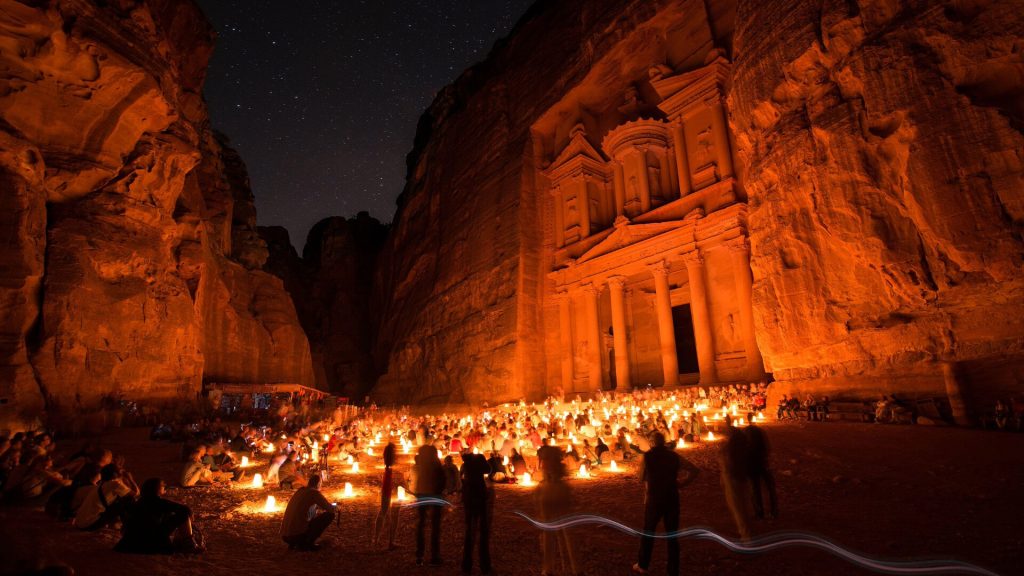
There are several notable structures in ancient Petra with the best-known of them being the Treasury. This often-photographed facade is a towering 121-feet tall and nearly 80-feet wide. The design is reminiscent of the classic architecture of Alexandria in Egypt.
14. The Colosseum, Rome
One of the more recognizable ancient ruins in Rome, the Colosseum is an iconic travertine limestone amphitheater that was built between the years 72 and 80. It was commissioned by Emperor Vespasian and finished during the reign of his successor, Emperor Titus. With a seating capacity of about 80,000, the Colosseum is both the largest amphitheater of the ancient world and the largest one still standing.

The Colosseum played host to the top entertainment events of the Roman era, including gladiator games, public executions, reenactments of battles, theatrical performances, and animal hunts. Over time, the Colosseum was damaged by a series of earthquakes. Robbers stole the loose stones until what was left is the world-famous ruins we see today.
15. Chichen Itza, Mexico
Chichen Itza, located in Mexico’s Yucatan Peninsula, was built by the Mayan people during the Terminal Classic period. Chichen Itza is the name of the entire complex … the grand step pyramid that is synonymous with this ancient site is El Castillo.

The city of Chichen Itza was built prior to the year 600 and is remarkably well-preserved. Unlike some other Maya structures, Chichen Itza wasn’t destroyed when Spanish Conquistadors arrived in the New World. Today, El Castillo and Chichen Itza are open to the public. The site is still an active archaeological site as well as a popular tourist destination.
16. The Great Wall, China
Stretching across the northern border of China, the Great Wall is the only man-made structure that is visible from space. The Great Wall started as a series of separate fortification defenses that date back to the 7th century. Under Emperor Qin Shi Huang, many of these walls were joined together to create a long wall with garrison stations at various points.
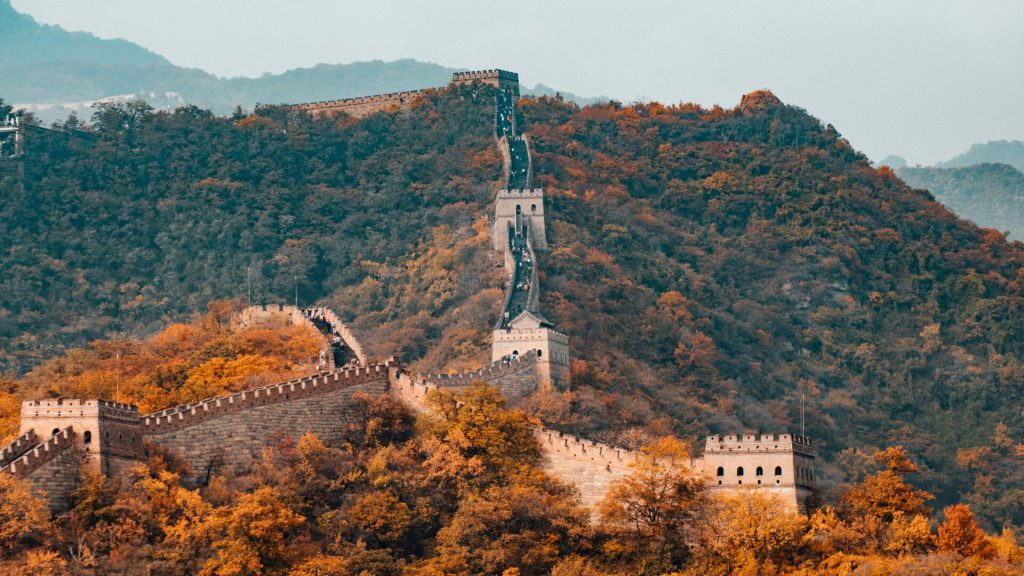
The Great Wall of China is an incredible 13,171 miles long and is the most popular tourism destination in China. The best-preserved portion of the Great Wall is the 5,499-mile stretch that was built during the Ming Dynasty.
17. The Great Pyramid of Giza, Egypt
Although the Great Pyramid of Giza is the oldest member of the Seven Wonders of the Ancient World, it is the only one that is still standing. That is a testament to the builders of the massive pyramid in Egypt. Construction on the Great Pyramid began in the 26th century BC and was completed 27 years later. The monumental building project was commissioned by the Pharaoh Khufu to serve as his tomb.

The Egyptian pyramid is an icon of the ancient world. For more than 3,800 years, it was the tallest man-made structure on the planet at 481 feet in height. An estimated 2.3 million stone blocks, quarried from a location in Aswan and transported to Gaza by boat.
18. Stonehenge, England
A standing stone monument, Stonehenge on England’s Salisbury Plain is a mysterious prehistoric megalithic site. Archaeologists believe work began on Stonehenge around 3100 BC and was done in phases for the next several centuries. As to who built Stonehenge and why, scholars have theories, but no definitive answers.
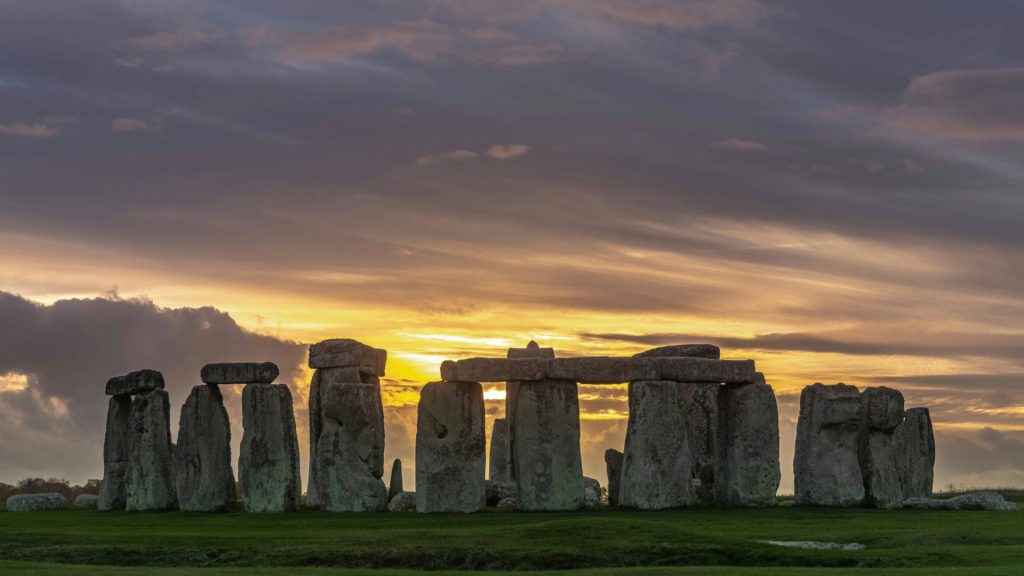
A cultural icon of England, Stonehenge is a must-see destination for tourists. This is especially true on the Summer and Winter Solstices. The rising sun on the Summer Solstice and the setting sun on the Winter Solstice align perfectly with the bluestones of Stonehenge.

